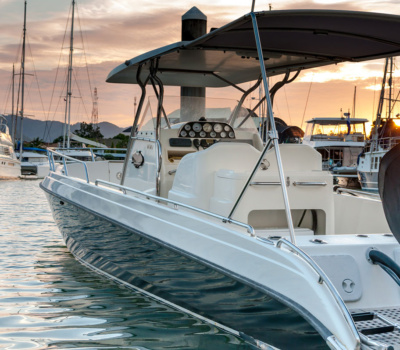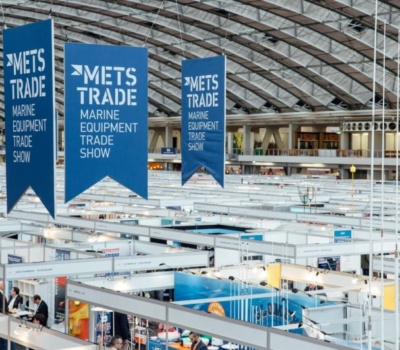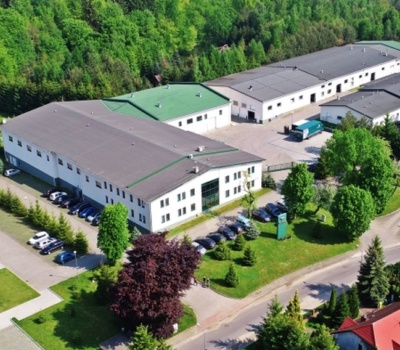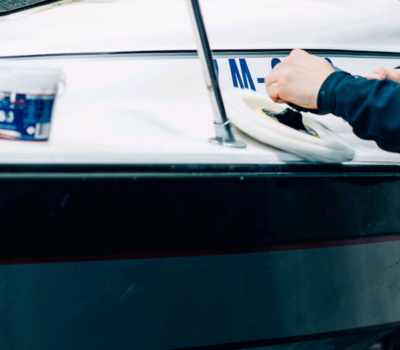Color Renovation NEW 2017

COLOR RENOVATION to proste rozwiązania na przywrócenie „świeżości” koloru zarówno w przypadku dużych powierzchni, ale także pasów ozdobnych znajdujących się na burtach jachtów. Preparat możemy stosować nie tylko na powierzchni wykończonej żelkotem lub farbami, COLOR RENOVATION idealnie sprawdzi się na elementach wykonanych z plastiku, metalu (chrom, mosiądz, stal, stal nierdzewna, aluminium, brąz) oraz powierzchni z kamienia w tym marmuru i terakoty.
Atutami COLOR RENOVATION jest duża wydajność ( 16~20m2/l), łatwa aplikacja, szybki efekt końcowy.
Preparat jest dostępny w opakowaniu 500 ml. Sugerowana cena detaliczna opakowania 500 ml to 57 zł. Preparat dostępny w dobrych sklepach żeglarskich.

We are expanding our offer by introducing two new products that will provide boat enthusiasts

Come and join us at METSTRADE 2023, METSTRADE the best event for marine industry professionals,

Visit us and our production plant without traveling

New in the 2023 season is a new polishing wool The new black and white